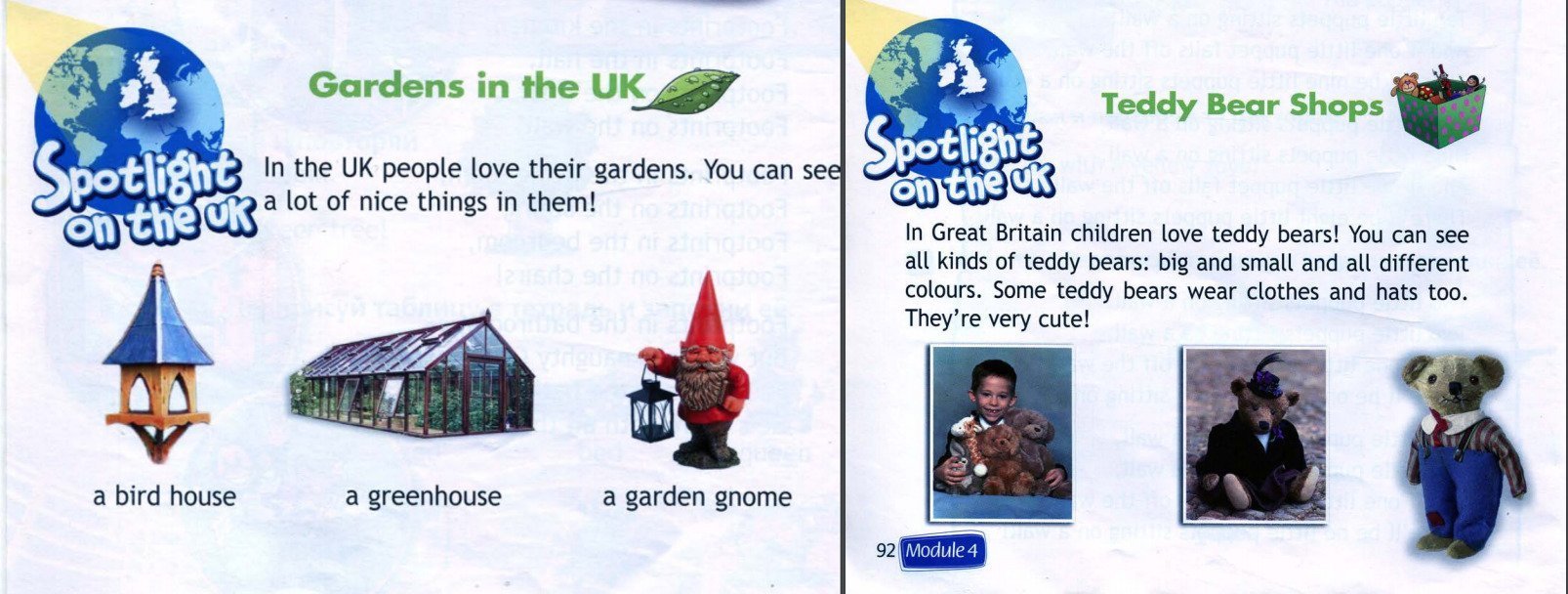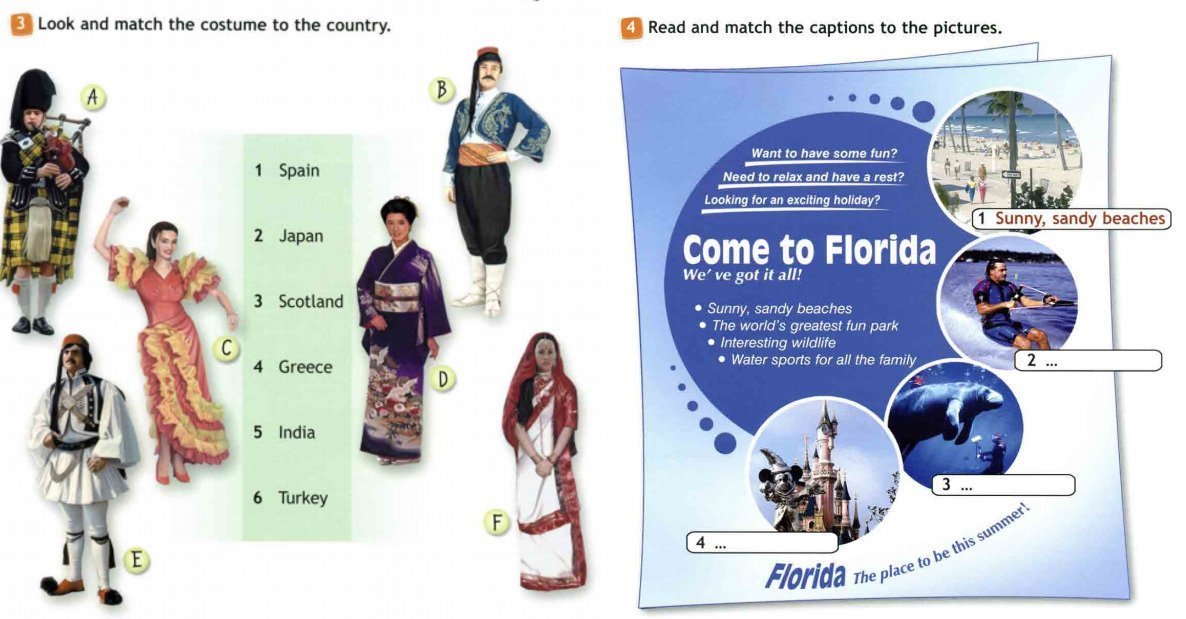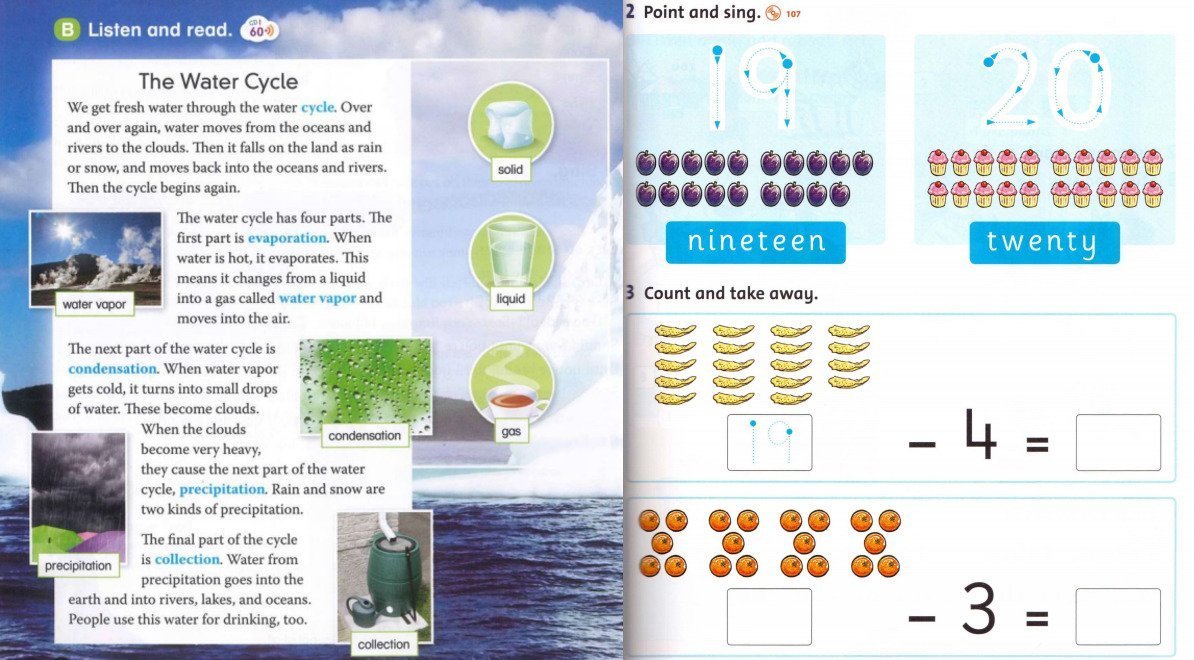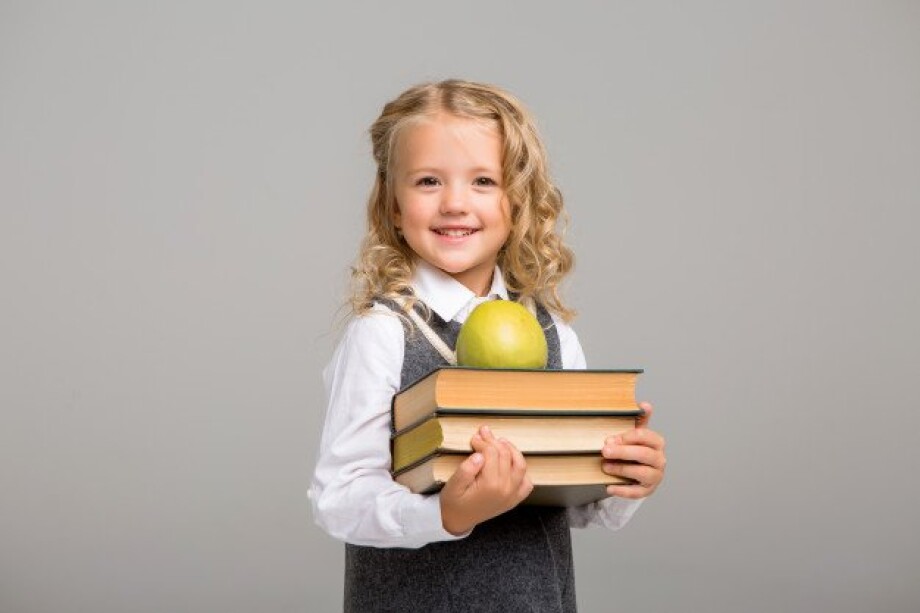Every day young learners explore the world and discover something new. Create a friendly atmosphere for such discoveries in the classroom using CLIL methodology.
CLIL (Content and Language Integrated Learning) is an approach in which a foreign language is used as a tool in learning of non-language subject in which both language and the subject have a joint role. You may find more theory about CLIL in this article.
Why do we need CLIL teaching kids?
— To teach something new about the world
Elements of CLIL at the lessons can broaden a child’s horizons and conceptual mapping, develop brain and hone thinking and learning skills. More than that, in this way all language and non-language information is learned naturally. It helps children to perceive English not as just a school subject, but an integrated concept.
— To personalize the lesson
CLIL lessons can be great incentives for young learners as it’s a marvelous opportunity to talk about what they really like. Isn’t it interesting to learn about something that is familiar, like favourite food, holidays, clothes and countries? Surely, it is!
— To break the language barrier
The fear to talk in a foreign language is really widespread among young learners. When you show that language isn’t only the system inside one subject, but that it`s outside as a part of life. It helps children to understand the real value of English and to overcome their fears.
What are the ways of using CLIL?
— As a part of the program/course given
Normally, there are special units devoted to some CLIL topics like Math, Ecology, Science, etc in modern student`s books. Mostly, they are used as additional exercises to practice topical materials a little bit more, but it’s also possible to conduct a separate lesson based on such activities.

— As some additional materials or homework
CLIL can be implemented almost in every topic. So why not to offer children some videos about the life of their favourite animals or interesting facts about the life of children in other countries? Such activities can be used as fillers, parts of the lesson aimed at making children more well-rounded.
CLIL homework may be about drawing local environment, various types of weather, collecting ideas about traditional food, holidays and clothes of foreign countries, etc.
What about examples?
Let`s have a look at some CLIL tasks for young learners:
— Exercises about social science
It`s crucial for young learners to explore various aspects of society and life around them. These exercises are aimed at raising the student’s awareness about what is good or bad, healthy or unhealthy, leads to being happy or sad. Besides, children can learn some basic facts about everyday life.

— Exercises about other countries and cultures
Teaching cultural awareness and understanding that the world is different is obligatory. Such exercises are aimed at explaining to children that there is a diversity of countries and cultures in the world and they should respect all these countries and cultures.

— Exercises about academic subjects
Using CLIL we can teach students basic aspects of other subjects. It means that when children will come across with them in the future, they won’t be totally new and unfamiliar. More than that, these exercises are aimed at developing spatial and reflective thinking skills, student`s concentration.

Would you like to involve children in cross-curricular learning sequences? And what about exposing them to purposeful, innovative and meaningful learning experiences? CLIL methodology will help!






 Вероника Аветисян
Вероника Аветисян 
 Маргарита Аветисян
Маргарита Аветисян 


